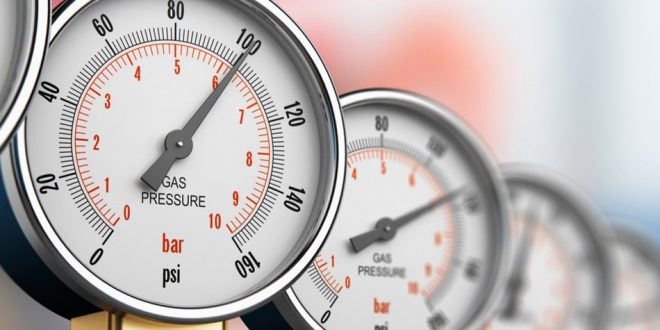As Europe looks for oil, gas, and fuels from anywhere but Russia, a shortage is developing on the tanker market, Bloomberg has reported, as vessels carrying fossil fuels for Europe have to travel longer distances and fewer voyages.
As a result, freight costs are elevated, too, with the cost of sending a tanker of U.S. liquefied natural gas to China at the highest level since 2020, the report notes.
The LNG market is suffering the most, according to industry executives, because the fleet of LNG carriers is already quite limited. Also, these vessels have already been booked for the winter as shippers anticipate a spike in demand for LNG during peak demand season. They are also preparing for the restart of Freeport LNG, scheduled for November.
On top of all this, traders are putting more crude and fuels in floating storage, Bloomberg also noted. This is contributing to a tight tanker market, about to get tighter as demand for fossil fuel-carrying vessels rises.
Earlier this month, in another report, Bloomberg noted traders were in a rush to secure as many ice-class tankers as they could in anticipation of the EU embargo on Russian crude. The embargo will see Russian crude heading in non-European directions and a lot of it would likely use the Northern Sea Route.
In addition to this, tanker building has slowed down in the past few years, further contributing to the tightness of the market at a time of a looming demand spike. This suggests a strong further upward potential for tanker freight prices, adding to energy costs for importers.
According to traders, cited by Bloomberg, Asian economies are especially vulnerable to the adverse effects of the situation if they want to import oil and gas from the U.S. at a short notice since this might be not possible once heating season kicks in.

 Iran Energy News Oil, Gas, Petrochemical and Energy Field Specialized Channel
Iran Energy News Oil, Gas, Petrochemical and Energy Field Specialized Channel



